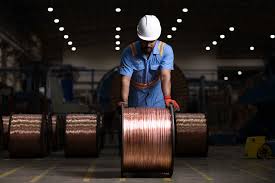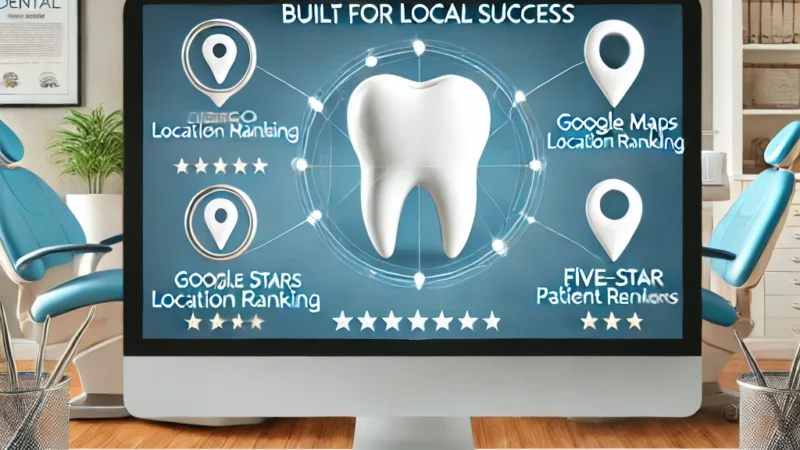Exploring Acoustic Emission Testing for Cable Health Monitoring

Imagine being able to “listen” to a cable and hear the tiny whispers of distress from developing defects, long before they escalate into catastrophic failures. This isn’t a superpower; it’s the promise of Acoustic Emission (AE) Testing, a powerful non-destructive testing (NDT) technique that is gaining traction for monitoring the health of critical cable infrastructure. By detecting the subtle stress waves (sound waves) generated by active defects, AE testing offers a unique window into the internal condition of cables, enabling early warnings and proactive maintenance.
What is Acoustic Emission Testing?
AE testing is fundamentally about listening for sounds that indicate material changes or damage.
- Stress Waves: When a material undergoes localized deformation, crack propagation, fiber breakage, or even tiny electrical discharges, it releases a burst of high-frequency elastic waves – essentially, tiny sound waves. These are called acoustic emissions.
- Sensors (Transducers): AE testing uses highly sensitive sensors (piezoelectric transducers) attached to the surface of the material (in this case, the cable or its accessories). These sensors convert the mechanical stress waves into electrical signals.
- Data Acquisition & Analysis: The electrical signals are amplified, filtered, and then processed by specialized software. The software analyzes characteristics of these “events” (e.g., amplitude, frequency, duration, rate of events) to identify the type and severity of the defect, and sometimes even its location.
Unlike ultrasonic testing (which sends out sound waves and listens for reflections), AE testing is passive – it listens for sounds generated by the defect itself.
What Can AE Testing “Hear” in Cables?
AE testing is particularly effective at detecting active, dynamic processes that generate stress waves. For cables, this primarily includes:
1. Partial Discharge (PD) Activity
- The Problem: Partial discharge is a common precursor to insulation failure in medium and high-voltage cables. It involves tiny electrical sparks occurring within voids or defects in the insulation. These discharges generate acoustic waves.
- AE Solution: AE sensors can detect these acoustic emissions from PD activity. Since PD is an active process, it continuously generates AE signals, allowing for continuous monitoring.
- Benefit: Provides early detection of insulation degradation, allowing for proactive intervention before a major electrical breakdown occurs.
2. Mechanical Damage & Degradation
- The Problem: Internal conductor breaks, insulation cracking under stress, or delamination of layers can occur due to mechanical fatigue, excessive bending, or external impact.
- AE Solution: The propagation of cracks or the rubbing/movement of internal components can generate acoustic emissions. AE sensors can pick up these signals.
- Benefit: Can detect developing mechanical flaws that might not be visible externally.
3. Loose Connections & Arcing
- The Problem: Loose connections or minor arcing in cable joints or terminations can generate heat and eventually lead to failure.
- AE Solution: The electrical activity and localized heating associated with arcing or very loose connections can generate acoustic emissions.
- Benefit: Provides a non-invasive way to detect problematic connections.
Key Advantages of AE Testing for Cable Health
- Non-Invasive & Non-Destructive: It doesn’t require cutting or damaging the cable, and it can often be performed while the cable is energized (online monitoring).
- Early Warning Detection: AE is highly sensitive to active defect mechanisms, often detecting problems at a very early stage of development, long before they would be apparent through other means.
- Continuous Monitoring: Sensors can be permanently installed for continuous, real-time monitoring of critical cable segments.
- Location Capability: With multiple sensors, advanced AE systems can triangulate the source of the acoustic emission, helping to pinpoint the exact location of the defect along the cable.
- Global Application: Suitable for various cable types and environments, from underground cables in India to industrial wiring.
Challenges and Considerations
- Environmental Noise: AE sensors are highly sensitive, meaning they can pick up background noise from machinery, traffic, or other sources. Distinguishing defect signals from ambient noise requires sophisticated filtering and analysis techniques.
- Data Interpretation: Interpreting AE data requires expertise. Different types of defects generate different acoustic “signatures,” and understanding these requires trained analysts and advanced software.
- Sensor Placement: Optimal sensor placement is crucial for effective detection and accurate localization of defects.
- Cost: Implementing sophisticated AE monitoring systems can involve a significant upfront investment in sensors, data acquisition units, and software.
Applications in Cable Infrastructure
AE testing is particularly valuable for:
- High-Voltage Power Cables: For continuous monitoring of underground transmission and distribution cables for partial discharge activity.
- Subsea Cables: For detecting damage or degradation in critical underwater power or communication cables.
- Industrial Cables: For monitoring cables in harsh environments where mechanical stress or electrical degradation is a concern.
- Cable Accessories: Testing the integrity of joints, terminations, and splices.
Manufacturers like leading cable manufacturers in uae and those globally are increasingly exploring and using advanced NDT techniques to ensure the long-term reliability of their products. This often involves collaborating with specialized testing companies or utilizing advanced materials from quality cable suppliers in uae that are designed for longevity.
Conclusion: Listening to the Unseen for Proactive Maintenance
Acoustic Emission testing offers a powerful, non-invasive method for gaining deep insights into the internal health of critical cable infrastructure. By “listening” for the subtle stress waves generated by developing defects like partial discharge or mechanical degradation, AE provides invaluable early warnings, enabling proactive maintenance interventions. As the demand for reliable power and communication networks continues to grow, integrating advanced health monitoring techniques like AE testing will be crucial for ensuring the long-term integrity and performance of the unseen arteries that power our modern world.
Your Acoustic Emission Testing Questions Answered (FAQs)
- How is Acoustic Emission (AE) testing different from Ultrasonic Testing (UT)?
The key difference is active vs. passive. UT is an active test: it sends out sound waves and listens for their reflections to find defects. AE is a passive test: it listens for sound waves (acoustic emissions) that are generated by the defect itself as it grows or changes. AE is better for detecting active, dynamic processes. - Can AE testing pinpoint the exact location of a defect on a long cable?
Yes, with multiple sensors. By measuring the tiny differences in the arrival time of an acoustic emission signal at different sensors, advanced AE systems can triangulate the source of the emission, providing a precise location of the defect along the cable. - Does AE testing require the cable to be de-energized?
No, that’s one of its major advantages. AE testing can typically be performed while the cable is fully operational and energized (“online monitoring”). This allows for continuous assessment without disrupting service, making it very valuable for critical infrastructure. - What kind of defects is AE testing most effective at detecting in cables?
AE testing is particularly effective at detecting active, dynamic defects that generate stress waves. This primarily includes partial discharge (PD) activity within insulation, and certain types of mechanical degradation like crack propagation or internal conductor movement. It’s less effective for static flaws like a simple void that isn’t actively changing. - What are the biggest challenges in performing AE testing on cables?
The main challenges include:
- Environmental Noise: Distinguishing the faint AE signals from background noise (e.g., machinery, traffic) requires sophisticated filtering.
- Data Interpretation: Analyzing the complex AE waveforms to accurately identify defect types and severity requires specialized software and trained analysts.
Sensor Coupling: Ensuring good acoustic coupling between the sensor and the cable surface is crucial for effective signal transmission.






